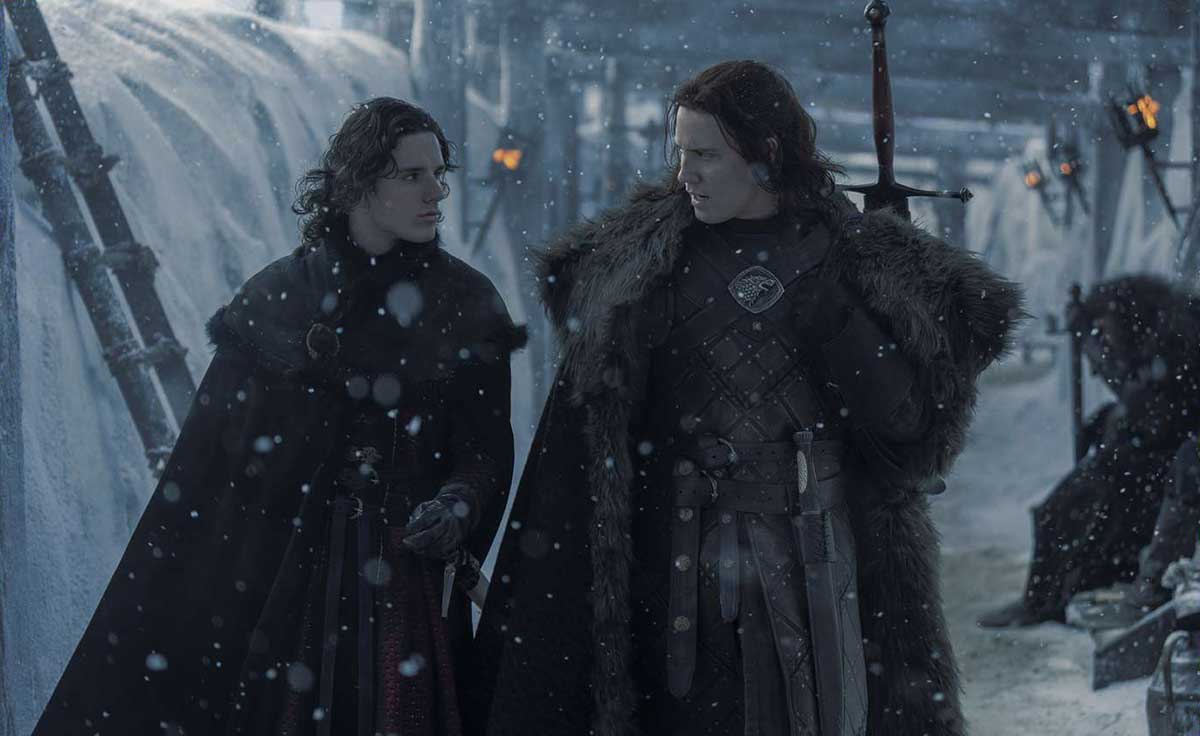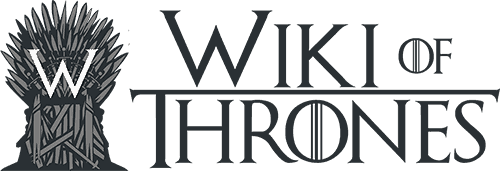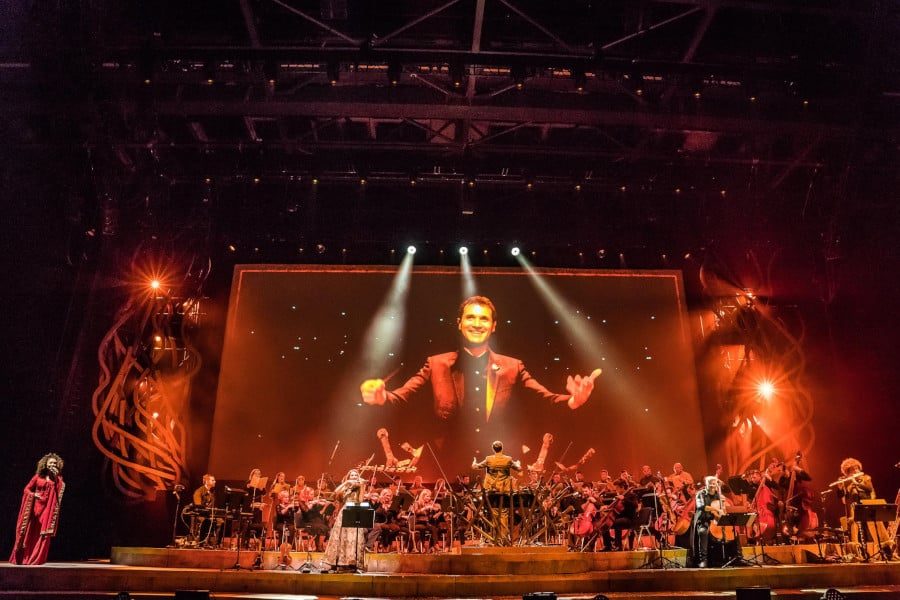Interview
“I call it the ‘war’ theme”: House of the Dragon composer Ramin Djawadi explains Season 2 scores
Ramin Djawadi’s Dance of themes.
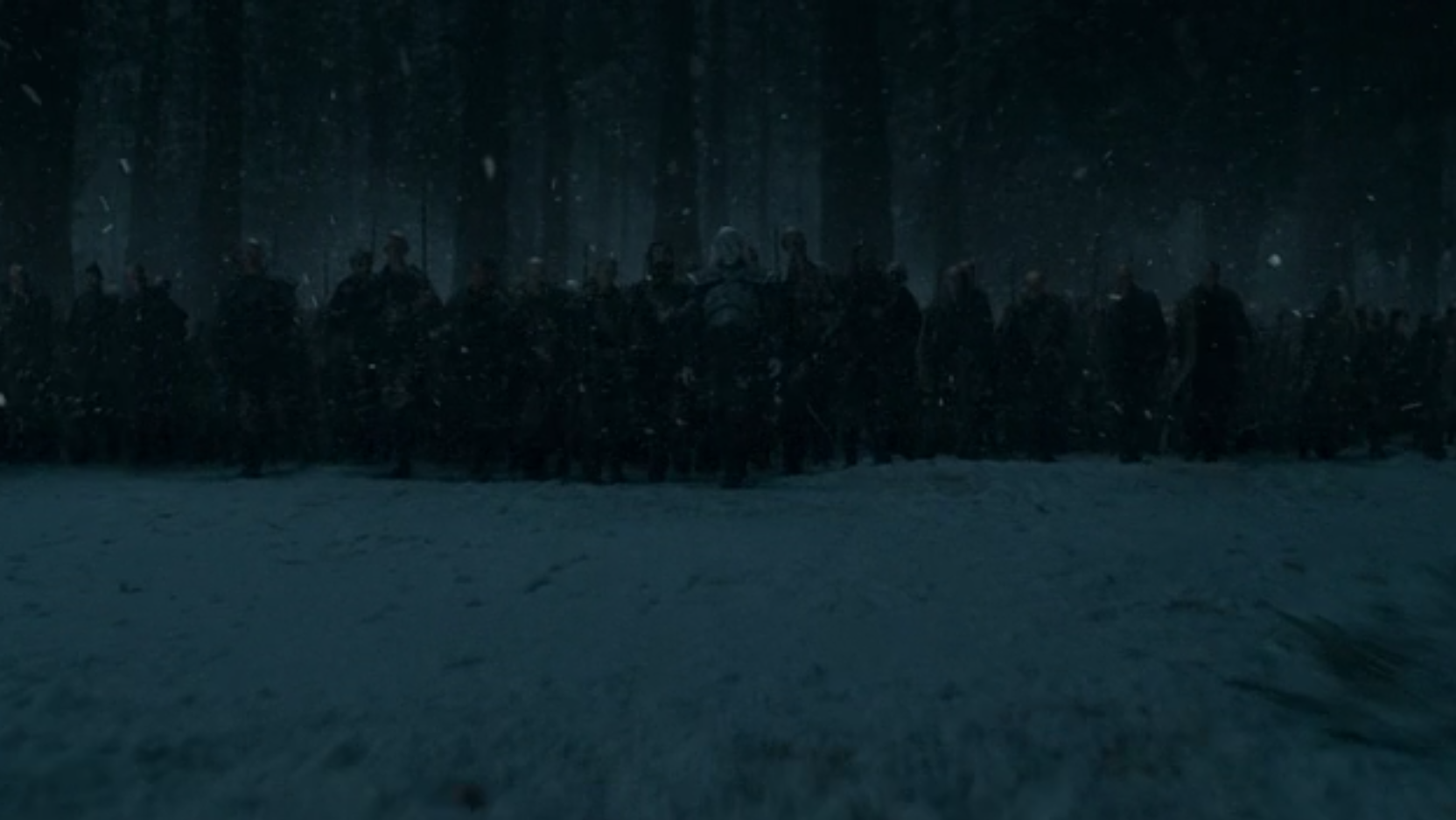
The Season 2 score of House of the Dragon is a masterful blend of nostalgia and foreboding, signaling the impending war in Westeros. The return of the “House Stark” theme, originally composed by Ramin Djawadi in 2011, is a poignant reminder of the years spent with these characters. The music has evolved, taking on a heavier, more emotional quality that foreshadows the intensity of the Targaryen themes to come. This nostalgic nod sets the tone for a season of high stakes and intense power struggles.
Ramin Djawadi’s view of the War theme
In Season 2 of House of the Dragon, Ramin Djawadi’s score reveals a surprising unity among the warring Targaryen factions, albeit with a dark twist. The “War” theme, introduced in Episode 2’s aftermath of a royal murder, evolves into a haunting and brutal crescendo in Episode 4’s dragon and army clashes.
He describes this theme as a “beautiful, almost romantic” version, played on piano, viola, and cello, which underscores the characters’ struggles to cope with the aftermath of the tragic event. This approach showcases Ramin Djawadi’s mastery in crafting music that resonates with the narrative. In an interview with IndieWire, he revealed,
“[In Episode 2] it’s played on piano and viola and cello; it’s very small,” Djawadi told IndieWire. “I call it the ‘war’ theme but there, it’s actually a very beautiful, almost romantic version of it. After the end of Episode 1, you know, what do you say musically after that? It’s a case where less is more. You see all the characters just trying to cope with what just happened.”
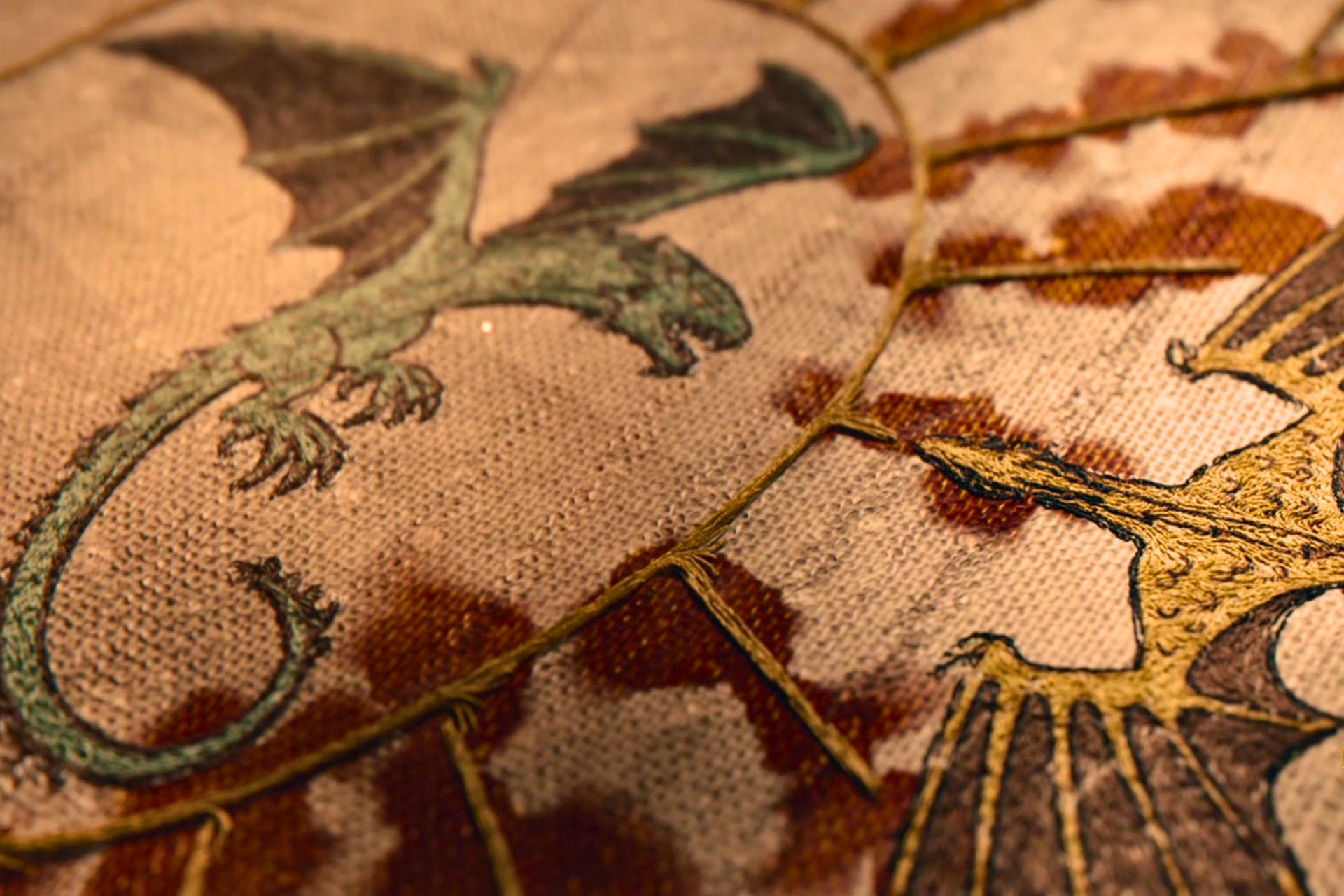
Credit: HBO
Stream House of the Dragon, Game of Thrones and more HBO Original series on Max. Sign up and save up to 20% with an annual plan.
The Sound of War
As the battle reaches its climax, Ramin Djawadi’s score amplifies the “War” theme, transforming it into a thunderous orchestral piece that mirrors the intensity of the conflict. He achieves this by incorporating big drums, changing the instrumentation, and adjusting the tempo. By “arming up” the theme and utilizing the full orchestra or brass, he creates a sense of urgency and epic scope, reflecting the devastating impact of the Dance of the Dragons on the landscape of Westeros.
“In an action scene and in this particular setting, big drums will be a big part of [expanding a theme], and then also simply change of instrumentation. Instead of having [the theme] on a single solo instrument, this might be played on the full orchestra or on the brass. They’re fattening it up and making it more epic, or taking it to a lower register instead of a higher register. Obviously changing the tempo, too, playing it faster or breaking it up. There’s lots of tools that can be used,” Djawadi said.”
READ NEXT: “Helaena is just so innocent”: Olivia Cooke on why Alicent wants to protect her daughter
Surf the web all across the world without tracking, secure your devices from threats, & guard your accounts' security.
-
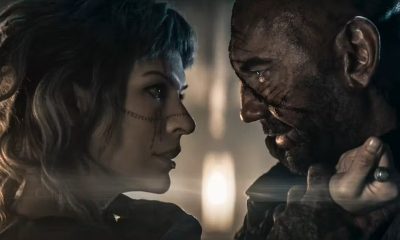
 News5 days ago
News5 days agoGeorge R.R. Martin wouldn’t say no to In The Lost Lands sequel despite poor reviews
-

 News6 days ago
News6 days agoGeorge R.R. Martin to launch a ‘medieval style’ cocktail bar named “Milk of the Poppy”
-
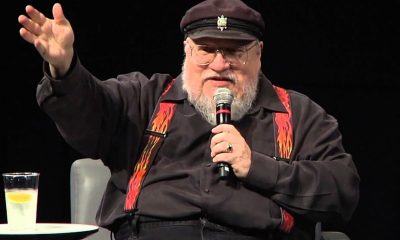
 News5 days ago
News5 days agoGeorge R.R. Martin misses FYC event for House of the Dragon Season 3
-

 Interview10 hours ago
Interview10 hours agoMilla Jovovich on how to convince George R.R. Martin for an adaptation: “Don’t make him cry”
